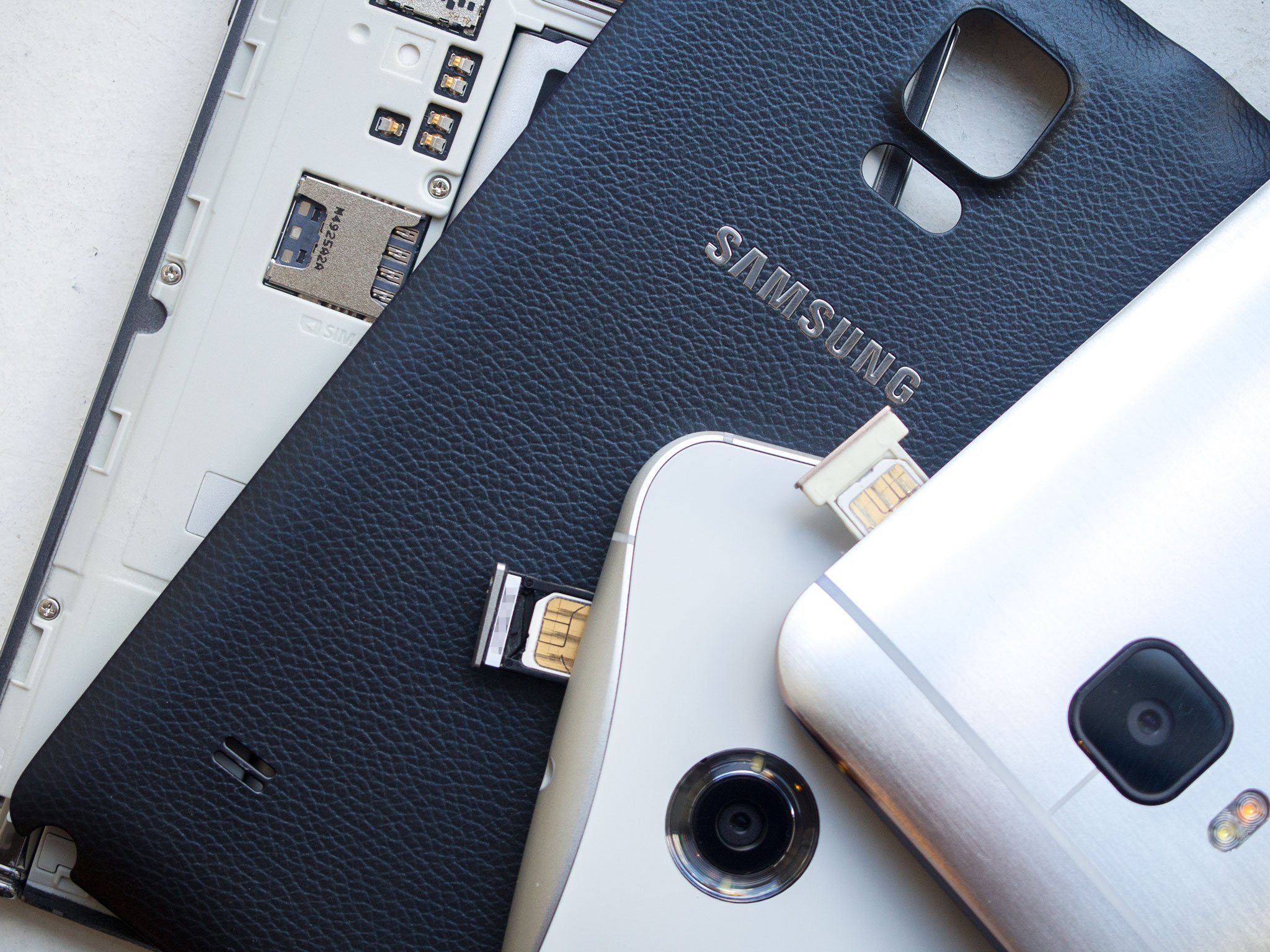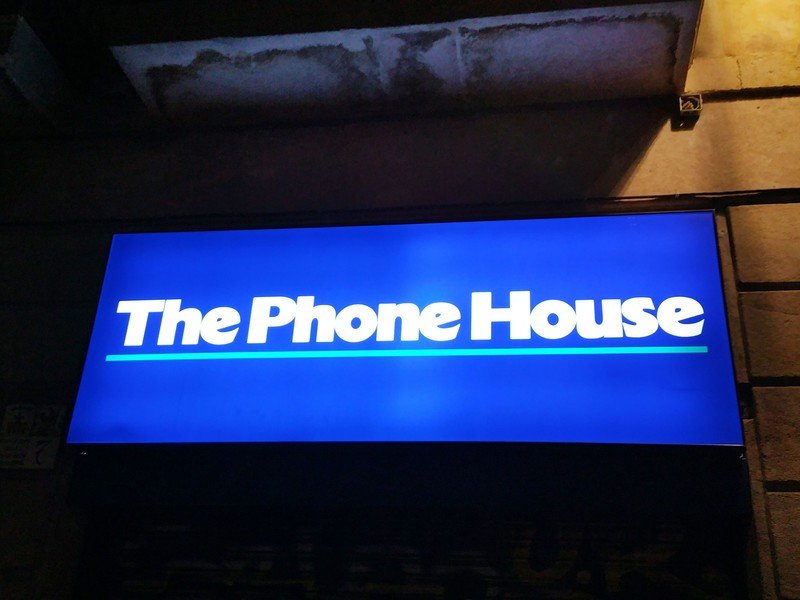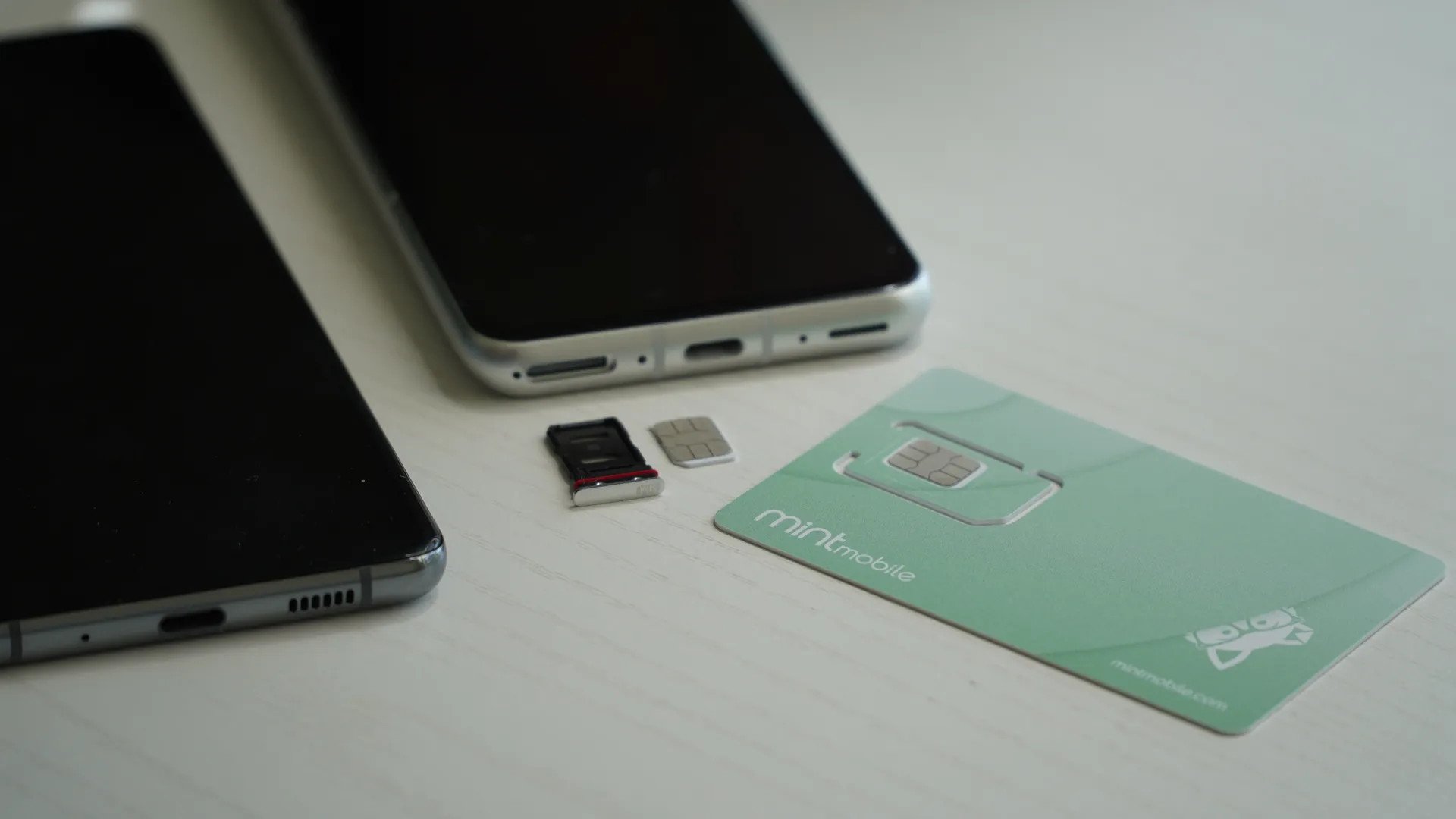Unlocked phones in Europe (Or, a Guide to What Americans are Missing)

For most smartphone buyers in the U.S., picking up a new device usually involves a trip to the carrier store and the signing of a new multi-year contract. Even if you were upgrading mid-cycle — and paying full price for the privilege — you'd need to pick up your operator's version of your chosen device to guarantee compatibility. But doing so is a double-edged sword: devices are often SIM locked to prevent them being used on other carriers, and loaded with unwanted bloatware. And in the Android world, updates for operator-branded phones have an extra certification hoop to jump through before roll-out.
Hence the draw of unlocked phones — handsets supplied directly by the manufacturer without any operator meddling. In the U.S., unlocked phones typically fall into two categories: super-cheap burners from your local mall, and pricier mid-to-high-end models sold online, like the the ASUS ZenFone 2, Alcatel OneTouch Idol 3, Moto X, Nexus 6 and HTC One M9 unlocked/dev editions. A broad selection, sure, but major players like Samsung and LG are unrepresented, and unlocked versions aren't available anywhere near as widely as the carrier-branded models.
Over in Europe, things work a little differently. The carrier model still dominates, but it's just as easy to pick up unlocked, unbranded versions of Android phones big and small that work on just about any local operator (and often many not-so-local ones.)
The technology
There are a few reasons why European buyers have more choice when it comes to unlocked phones. The first has to do with technology — just about every major operator on the continent uses GSM standard for cellular connectivity, compared to just two of the big four in the states. Indeed, the history of GSM is a story of co-operation between European countries to create a common global standard, making it easy to use the same handsets across borders.
Just about all the major European operators gravitate around the same frequency bands, making it easier to create one phone that works everywhere.
Similarly, when it came time to roll out 3G services in 2000, most major operators in Europe gravitated towards UMTS and HSPA networks on 2100MHz and 900MHz. By comparison, Verizon and Sprint in the U.S. used EVDO. The two GSM operators, AT&T and T-Mobile, used UMTS/HSPA, but initially without any overlap in frequencies. (Though that's recently started to change.)
The move to 4G LTE complicated things further, but most European carriers have deployed 4G on a mix of 800, 1800 and 2600MHz, while the U.S. is all over the map.
For manufacturers, the use of the same collection of frequency bands across most European operators that means it's easier to create one model for the whole of Europe and just SIM lock it as required. That also means it's also easy to just sell an unlocked phone that'll work on any carrier. Samsung, for instance, sells the same model Galaxy S6 — SM-G920F — to just about all Euro operators, while also offering it unlocked.
Be an expert in 5 minutes
Get the latest news from Android Central, your trusted companion in the world of Android
By comparison, an unlocked phone in the U.S. has to target a much broader range of frequencies, and there's little incentive for the big U.S. carriers to offer contract-subsidized phones that have full band coverage on rivals' 3G and 4G networks. Supporting extra bands is an additional financial hurdle, as licensing these frequencies doesn't come free of charge. That's why most big Android phones exist as different models for each of the big carriers. And different models with different frequencies means there's no guarantee that a SIM-unlocked T-Mobile phone will have full band coverage on AT&T, or vice versa.
The business

Unlocked phones would be no good without a major retail presence, and in Europe the major player is the UK-based Carphone Warehouse, known as The Phone House in continental Europe. The chain operates 2,400 stores across Europe, offering its own subsidized deals for phones on major operators, as well as advertising a SIM-free price for unlocked versions.
That being the case, it's easy to walk into a Carphone Store, or another independent retailer, and walk out with an unlocked version of the Android flagship du jour. But there are exceptions — stores (and staff) make more money on contract sales, so they're more likely to push undecided buyers down this path. In some situations, stores might simply refuse to sell a high-profile phone off-contract if it's in short supply. (And since the demise of Carphone's major competitor in the UK, Phones 4u, the retailer's dominance shows no sign of waning.)
Fortunately there are many independent online stores willing to sell unlocked European phones to whoever's buying, with the big UK-based names including Clove, Expansys and Unlocked Mobiles.
And as more unlocked phones with U.S.-compatible radios start to appear, this model has grown in popularity across the pond. Though in the American market you'll generally be buying your unlocked, AT&T-and-T-Mobile-ready flagship from the manufacturer directly. Sony and HTC both have online stores selling unlocked, high-end phones directly to consumers, to say nothing of smaller players like OnePlus, ASUS and Alcatel.
The way forward
It's not impossible to create a single SKU that works across all four major carriers. The unlocked North American Nexus 6 will work on AT&T, T-Mobile, Sprint and Verizon (in addition to a good chunk of international bands) thanks to the inclusion of a bevy of networking technology. But right now that's the exception, not the rule, and Google's about the only big player in wireless pushing one phone that can hot-swap between any of the big four.
It's unlikely that access to unlocked phones will become as widespread in the U.S. as it is in Europe — at least not anytime soon. The technology involved and the nature of the business continues to favor the traditional carrier-subsidized model. But in the meantime there are plenty of great unlocked, T-Mo and AT&T-supported phones on the market — you'll just have a look a little further afield to pick them up.

Alex was with Android Central for over a decade, producing written and video content for the site, and served as global Executive Editor from 2016 to 2022.
